Your Journey to a Healthier Life Starts Here
Free Insurance Verification
Verify Your Treatment Coverage
Verify Your Treatment Coverage
Explore a comprehensive guide to 5 inpatient, 21 outpatient, and 5 detox centers across Montana. Compare costs, reviews, and treatment options to find the perfect rehab facility for your needs.

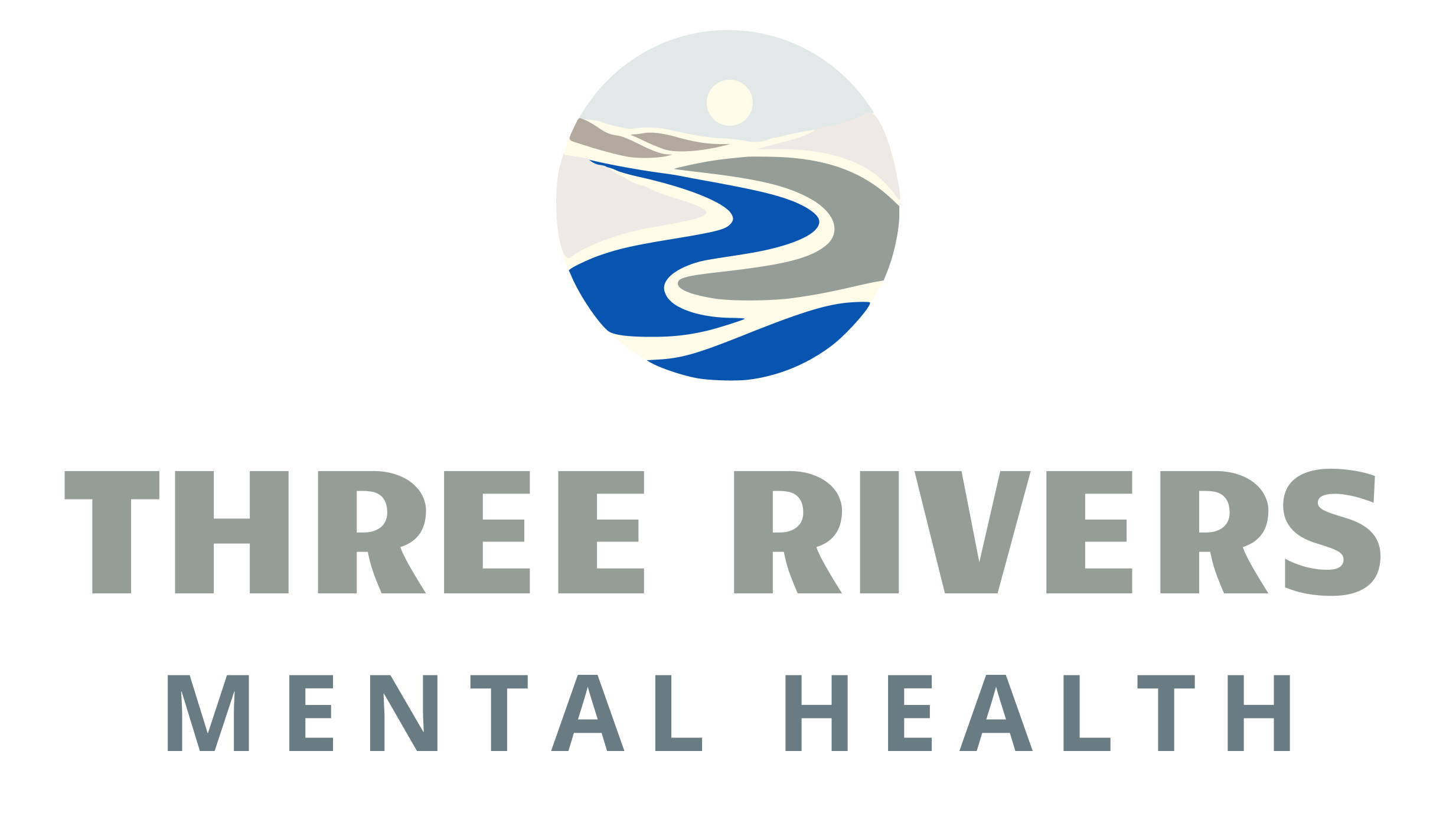 | 3 Rivers Mental Health3 Rivers Mental Health, located at 1620 Regent St Suite A, Missoula, MT, is dedicated to providing compassionate and comprehensive mental health services to individuals and families. The center offers a variety of therapeutic options, including individual counseling, group therapy, and crisis intervention, all designed to support mental well-being. With a focus on personalized care, the experienced team at 3 Rivers Mental Health collaborates with clients to create tailored treatment plans that address their unique needs and goals. The welcoming environment fosters open dialogue and trust, empowering clients to explore their emotions and work towards positive change. Discover the transformative services available at 3 Rivers Mental Health and take the first step towards a healthier mindset. 1620 Regent St Suite A, Missoula, MT 59801 | Levels of Care:outpatient Payment Options:Medicaid Private insurance Self-Pay Options Financial Aid Medicare | ||
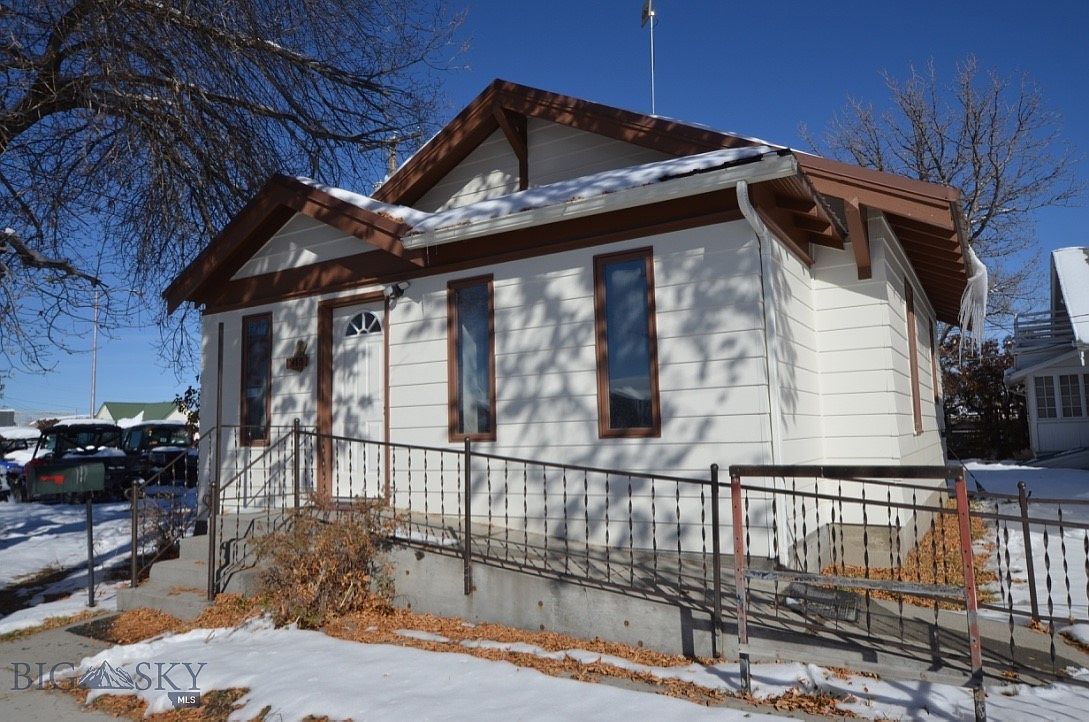 | Alano ClubAlano Club, located at 215 E Helena St, Dillon, MT, is a welcoming community center dedicated to providing support and resources for individuals in recovery from addiction. The club offers various programs, including meetings, workshops, and social events, aimed at fostering a sense of belonging and promoting a healthier lifestyle. With a focus on peer support, Alano Club encourages individuals to share their experiences and learn from one another in a safe and supportive environment. The club is committed to helping members build resilience and develop coping strategies for a successful recovery journey. Discover the enriching community and resources available at Alano Club and take part in a supportive recovery experience. 215 E Helena St, Dillon, MT 59725 | Levels of Care:outpatient Payment Options:Free | ||
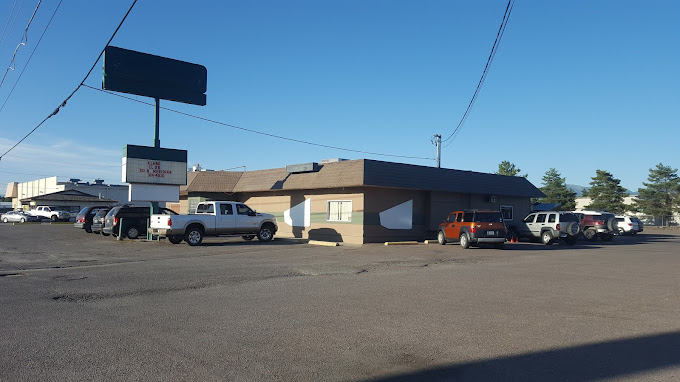 | Alano Club of Kalispell, Inc.Alano Club of Kalispell, located at 153 N Meridian Rd, Kalispell, MT, is dedicated to providing a supportive community for individuals in recovery from addiction. The club offers a variety of programs, including support meetings, educational workshops, and social activities, designed to encourage healing and personal growth. With a focus on peer support and shared experiences, Alano Club of Kalispell creates a welcoming environment where individuals can connect, share, and find strength in their recovery journeys. The club is committed to empowering its members with the tools and resources needed for lasting change and a healthier lifestyle. Join the Alano Club of Kalispell community and take a positive step towards recovery and well-being. 153 N Meridian Rd, Kalispell, MT 59901 | Levels of Care:outpatient Payment Options:Free | ||
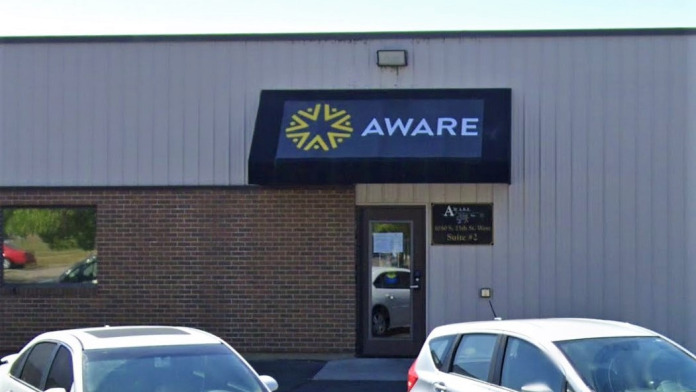 | AWAREAware, located at 1050 S 25th St W STE 2, Billings, MT, is committed to providing comprehensive mental health services aimed at fostering emotional well-being and resilience. The center offers a wide range of services, including individual therapy, group counseling, and wellness programs, tailored to meet the diverse needs of its clients. With a focus on creating a safe and supportive environment, the experienced team at Aware helps individuals navigate their mental health challenges and develop effective coping strategies. The center emphasizes holistic care, empowering clients to take charge of their mental health and lead fulfilling lives. Discover the essential services available at Aware and start your journey towards improved mental wellness today. 1050 S 25th St W STE 2, Billings, MT 59102 | Levels of Care:outpatient Payment Options:Private Insurance Self-Pay Options Financial Aid Medicare Medicaid Military Insurance | ||
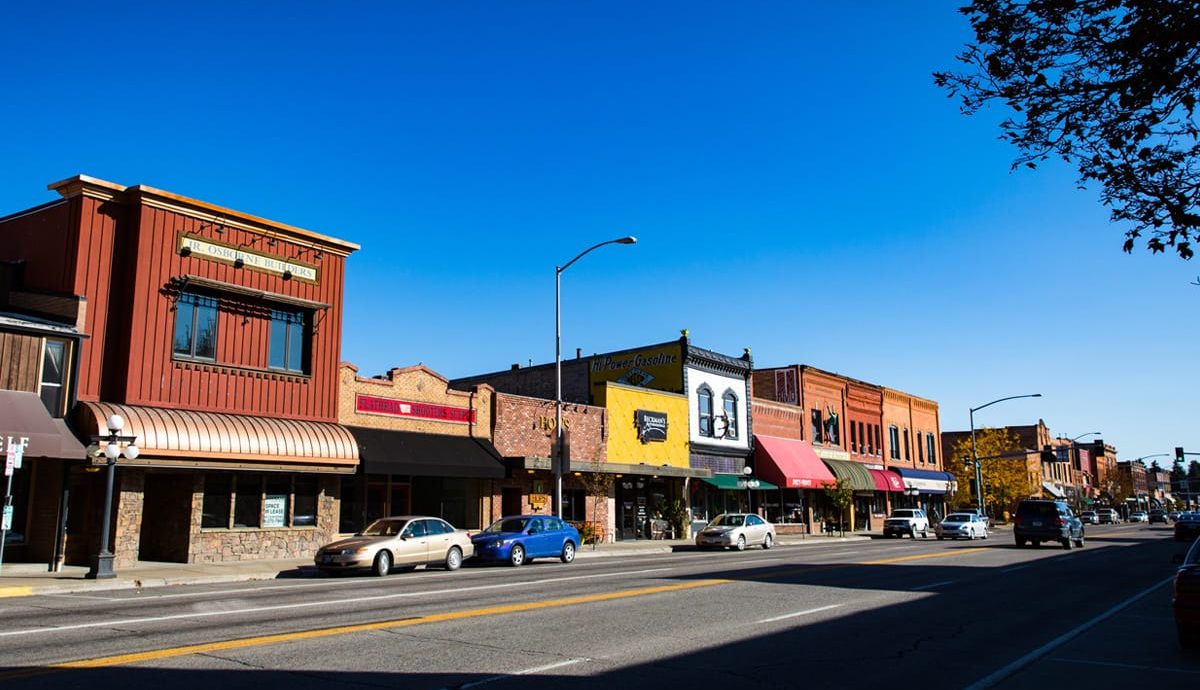 | AWAREAWARE, located at 20 3rd St E, Kalispell, MT, is dedicated to providing essential mental health services to individuals and families in the community. The center offers a range of programs, including individual therapy, group support sessions, and wellness workshops, all designed to promote emotional well-being and resilience. With a compassionate and experienced team, AWARE focuses on creating a supportive environment where clients can explore their challenges and develop effective coping strategies. The center is committed to personalized care, ensuring that each individual\\\'s unique needs are addressed. Discover the impactful services available at AWARE and take the first step toward a healthier, happier life. 20 3rd St E, Kalispell, MT 59901 | Levels of Care:outpatient Payment Options:Medicaid Private insurance Self-Pay Options Financial Aid Medicare Military Insurance | ||
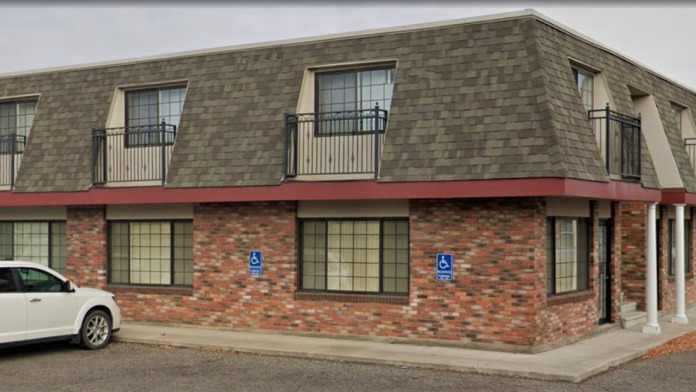 | AWAREAWARE, located at 3360 10th Avenue South, Great Falls, MT, is dedicated to providing comprehensive mental health services tailored to the needs of individuals and families. The center offers a variety of programs, including individual counseling, group therapy, and wellness initiatives, all aimed at fostering emotional well-being and resilience. With a team of compassionate professionals, AWARE creates a safe and supportive environment where clients can navigate their mental health challenges and develop effective coping strategies. The center is committed to personalized care, ensuring that each client\\\'s unique needs are addressed. Explore the transformative services available at AWARE and take the first step towards improved mental health and wellness. 3360 10th Avenue South, Great Falls, MT 59405 | Levels of Care:outpatient Payment Options:Medicaid Private insurance Self-Pay Options Financial Aid Medicare Military Insurance | ||
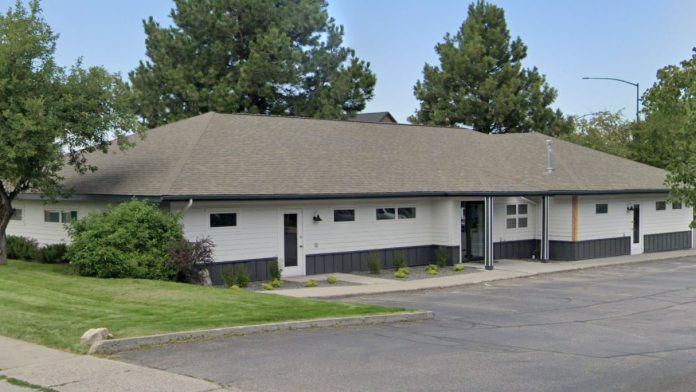 | Aware Bozeman OfficeAware Bozeman Office, located at 1811 West Koch Street, Bozeman, MT, is dedicated to providing comprehensive mental health services to individuals and families in the community. The office offers a variety of programs, including individual therapy, group counseling, and wellness workshops, all aimed at promoting emotional well-being and resilience. With a team of experienced professionals, Aware Bozeman creates a safe and supportive environment for clients to explore their mental health challenges and develop effective coping strategies. The center is committed to personalized care, ensuring that each individual\'s unique needs are addressed. Discover the valuable services available at Aware Bozeman Office and take the first step toward a healthier, more fulfilling life. 1811 West Koch Street, Bozeman, MT 59715 | Levels of Care:outpatient Payment Options:Medicaid Private insurance Self-Pay Options Financial Aid Medicare Military Insurance | ||
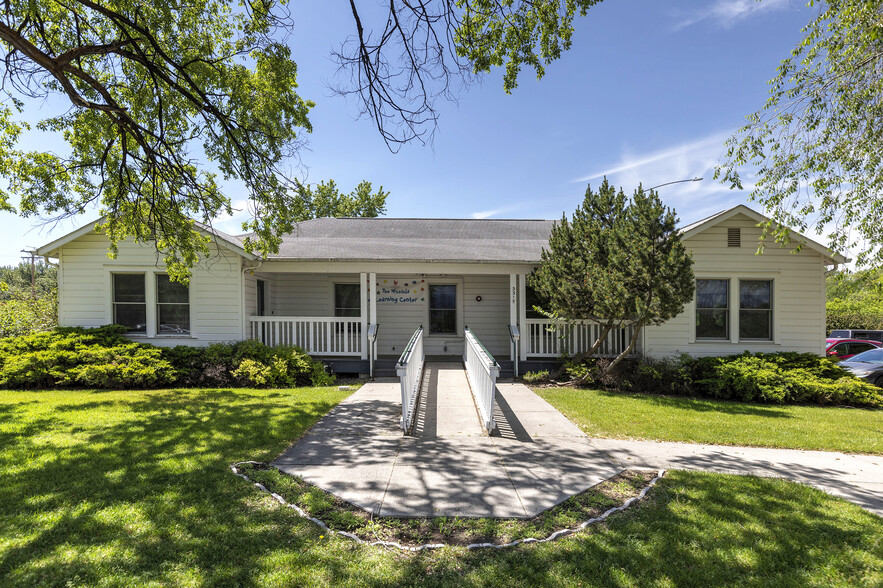 | Aware IncAWARE Inc., located at 3335 LT Moss Rd, Missoula, MT, is committed to providing essential mental health services for individuals and families in the community. The organization offers a variety of programs, including individual therapy, group counseling, and wellness workshops, all designed to promote emotional well-being and resilience. With a dedicated team of professionals, AWARE Inc. creates a safe and supportive environment where clients can address their mental health challenges and develop effective coping strategies. Focused on personalized care, AWARE Inc. ensures that each client\'s unique needs are met, empowering them to achieve healthier, more fulfilling lives. Discover the valuable services offered at AWARE Inc. in Missoula and take the first step on your journey to improved mental health. 3335 LT Moss Rd, Missoula, MT 59804 | Levels of Care:outpatient Payment Options:Private Insurance Self-Pay Options Financial Aid Medicare Military Insurance Medicaid | ||
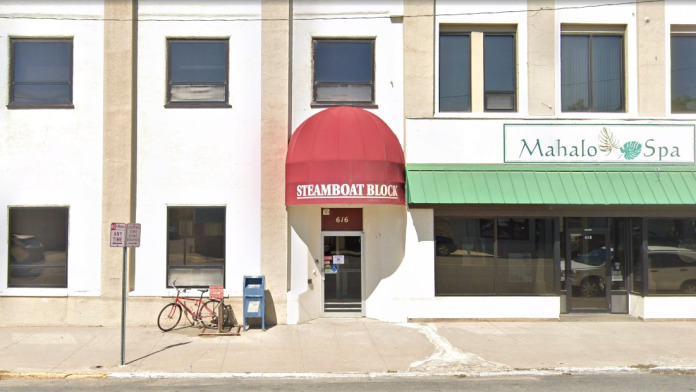 | Aware IncAware Inc., located at 347 N Last Chance Gulch, Helena, MT, is dedicated to providing vital mental health services to individuals and families in the community. The organization offers a wide range of programs, including individual therapy, group support sessions, and wellness initiatives, all aimed at enhancing emotional well-being and resilience. With a compassionate and skilled team of professionals, Aware Inc. fosters a welcoming environment where clients can explore their mental health challenges and learn effective coping strategies. Committed to personalized care, Aware Inc. ensures that each individual\'s unique needs are addressed, empowering them to lead healthier and more fulfilling lives. Discover the transformative services available at Aware Inc. and take the first step toward better mental health. 347 N Last Chance Gulch, Helena, MT 59601 | Levels of Care:outpatient Payment Options:Private Insurance Self-Pay Options | ||
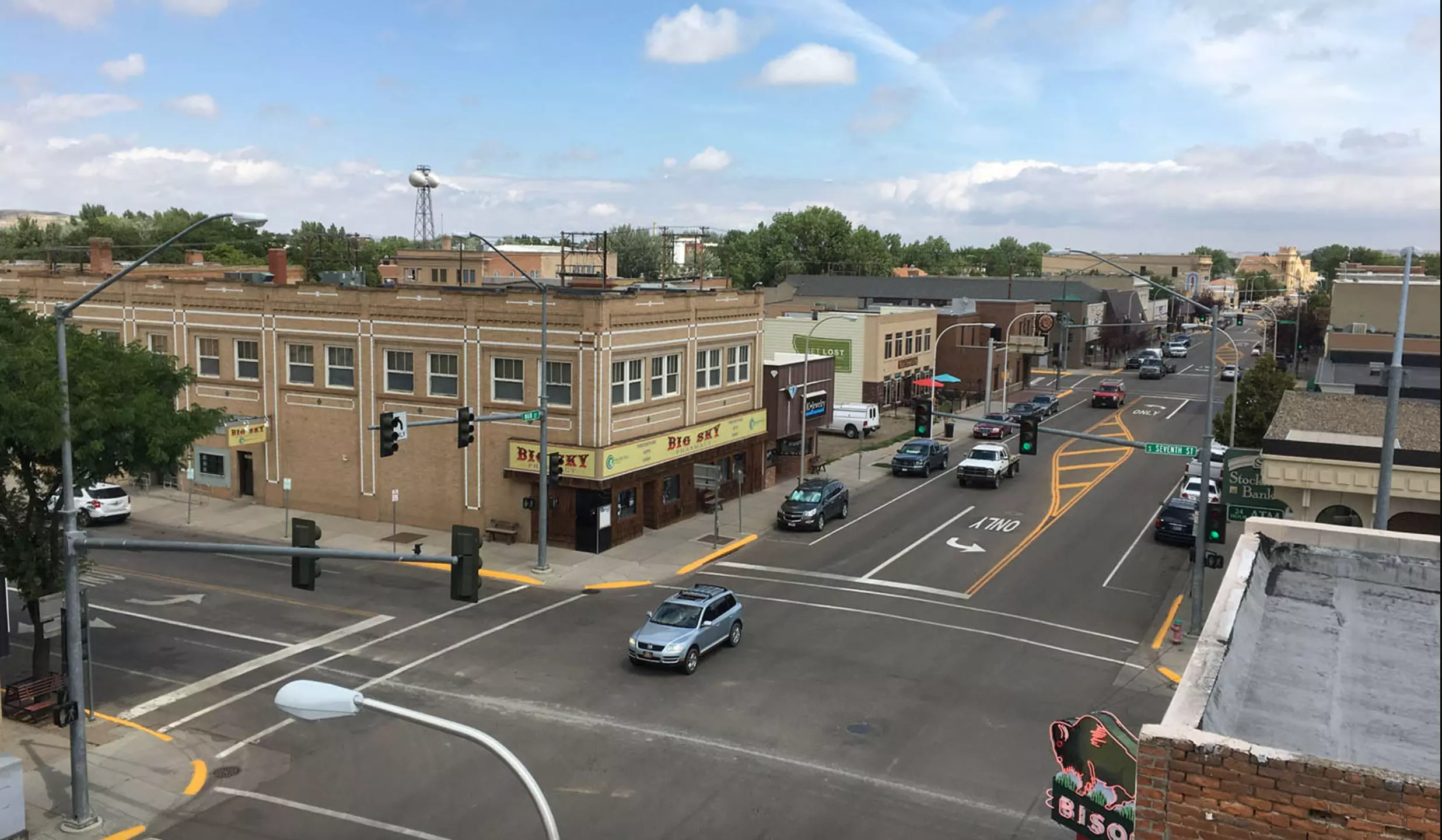 | AWARE Inc.AWARE Inc., located at 237 E Mercury St, Butte, MT, is dedicated to providing essential mental health services to individuals and families in the community. The organization offers a range of programs, including individual counseling, group therapy, and wellness initiatives, all designed to support emotional well-being and resilience. With a compassionate team of professionals, AWARE Inc. fosters a safe and supportive environment where clients can navigate their mental health challenges and develop effective coping strategies. Committed to personalized care, AWARE Inc. ensures that each client\'s unique needs are met, empowering them to lead healthier and more fulfilling lives. Explore the impactful services available at AWARE Inc. and take the first step towards improved mental health. 237 E Mercury St, Butte, MT 59701 | Levels of Care:Inpatientoutpatient Payment Options:Medicaid Private insurance Self-Pay Options Financial Aid | ||
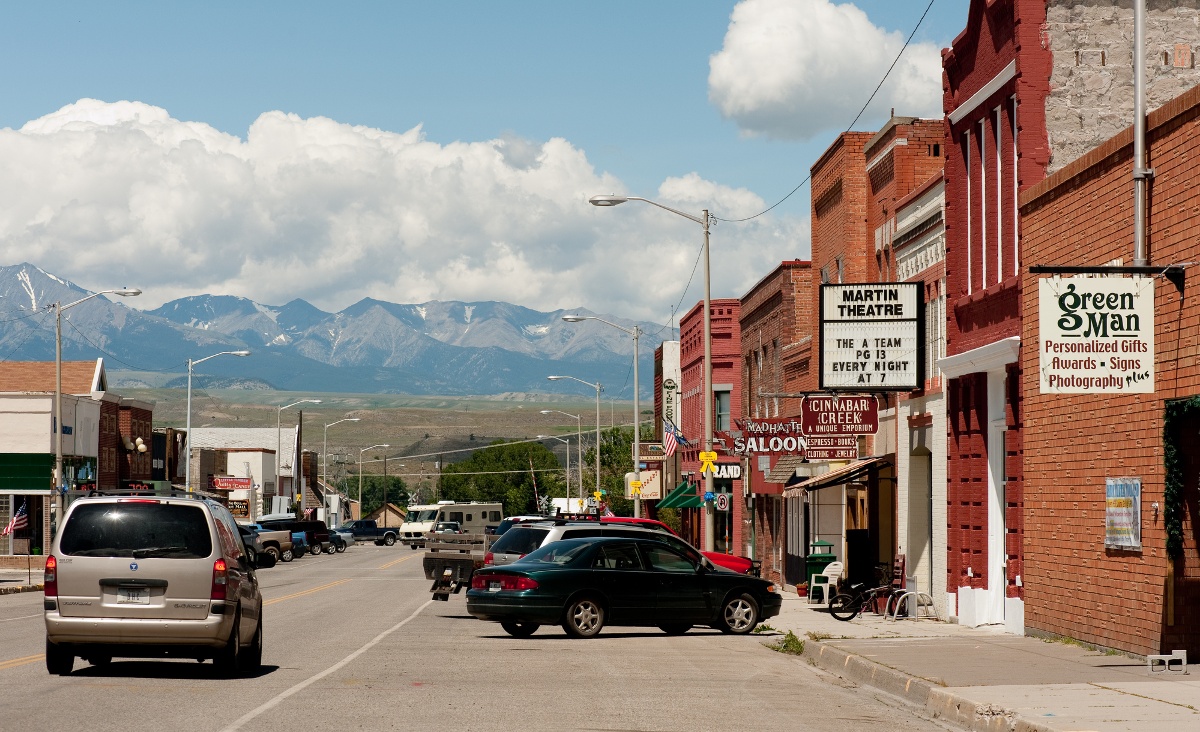 | Big Timber Mental HealthBig Timber Mental Health Center, located at 515 Hooper Street, Big Timber, MT, is dedicated to providing vital mental health services to individuals and families in the community. The center offers a range of programs, including individual therapy, group counseling, and crisis support, all designed to enhance emotional well-being and resilience. With a compassionate team of mental health professionals, Big Timber Mental Health Center creates a safe and welcoming environment for clients to address their challenges and develop effective coping strategies. Committed to personalized care, the center ensures that each individual\'s unique needs are met, empowering them to achieve healthier and more fulfilling lives. Explore the valuable services offered at Big Timber Mental Health Center and take the first step on your journey to improved mental health. 515 Hooper St, Big Timber, MT 59011 | Levels of Care:outpatient Payment Options:Medicaid. Medicare Private Insurance Military Insurance | ||
Bitterroot Valley EducationBitterroot Valley Education | Payment Options:Medicaid | |||
Boyd Andrew Community Services - Elkhorn Treatment CenterBoyd Andrew Community Services - Elkhorn Treatment Center | Payment Options:Self-pay options | |||
Boyd Andrew Community Services (BACS)Boyd Andrew Community Services (BACS) | Payment Options:Medicaid | |||
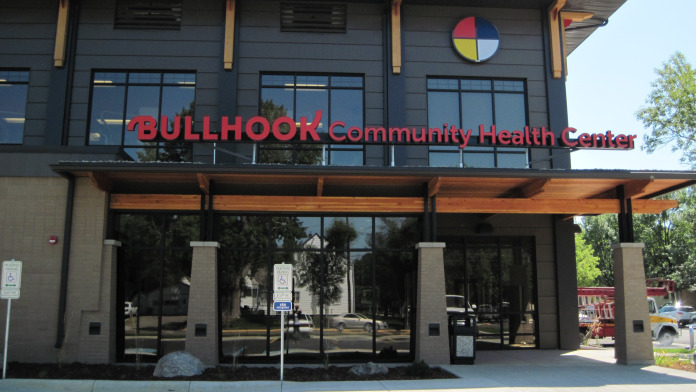 | Bullhook Community Health CenterB521 4Th Street Havre MT, 59501 www.bullhook.com(406) 395-4305 | Payment Options:Medicaid Private insurance Self-pay options Financial aid Sliding scale payment assistance Medicare Military insurance | ||
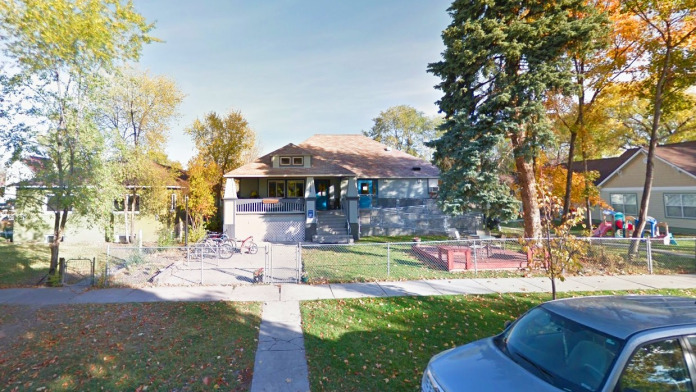 | Carole A Graham Home1330 South 4Th Street West Missoula MT 59801 www.wmmhc.org(406) 549-8309 | Payment Options:Self-pay options Financial aid Medicaid Medicare Private insurance | ||
Center for Mental HealthCenter for Mental Health | Payment Options:Medicaid | |||
Center for Mental HealthCenter for Mental Health | Payment Options:Medicaid | |||
Center for Mental HealthCenter for Mental Health | Payment Options:Medicaid | |||
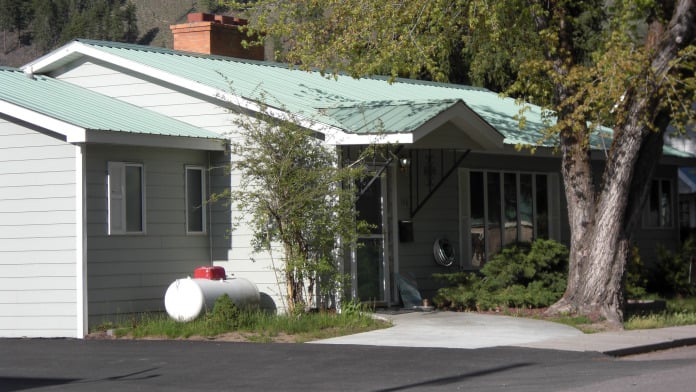 | Choices for Change CounselingChoices For Change Counseling, located at 304 4th Ave E, Superior, MT, is dedicated to providing compassionate mental health support and counseling services to individuals seeking personal growth and healing. The center offers a range of services, including individual therapy, family counseling, and support groups, all tailored to meet the diverse needs of clients. With an emphasis on creating a safe and welcoming environment, the experienced team at Choices For Change Counseling works collaboratively with clients to develop personalized treatment plans that foster emotional well-being and resilience. Explore the transformative services offered at Choices For Change Counseling and take the first step towards a healthier, more fulfilling life. 304 4th Ave E, Superior, MT 59872 | Levels of Care:outpatient Payment Options:Medicaid Private insurance Self-Pay Options Financial Aid Medicare Military Insurance Monthly |
Find Montana drug rehabs in cities near you or sort by letter.
Calls to any general helpline will be answered or returned by one of the treatment providers listed, each of which is a paid advertiser:
Our helpline is available 24 hours a day, 7 days a week at no cost to you and with no obligation for you to enter into treatment. We are committed to providing support and guidance whenever you need it.
In some cases, Addiction Helpline America charges our verified partner a modest cost per call. This fee helps us cover the costs of building and maintaining our website, ensuring that we can continue to offer this valuable service to those in need.